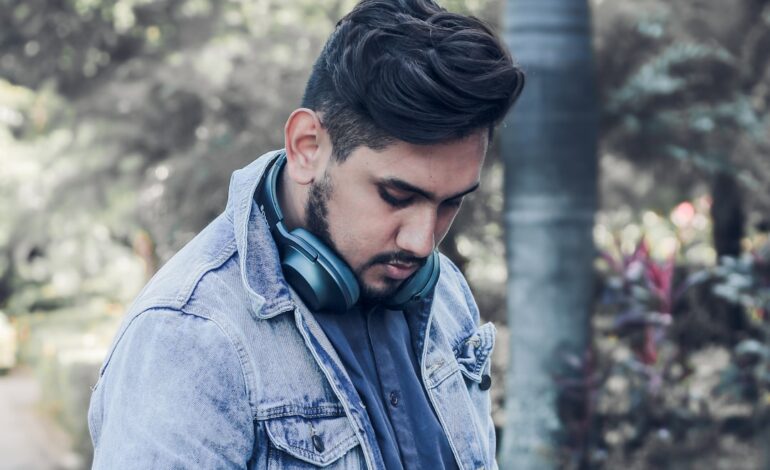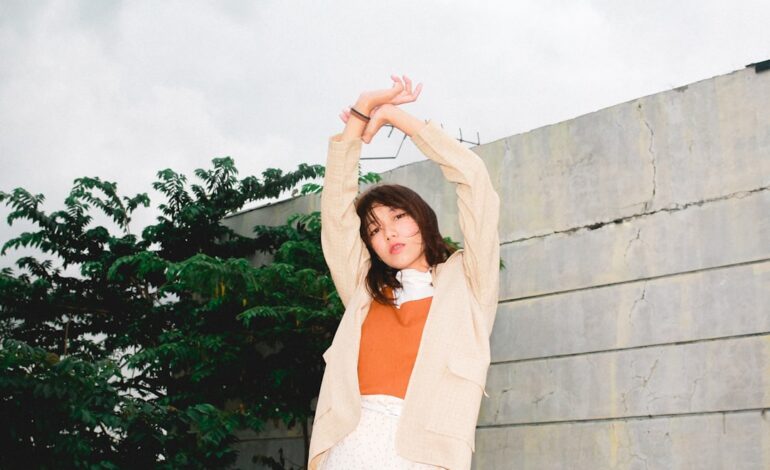The secret language of your wardrobe: How to use color psychology in fashion

Have you ever wondered why you reach for a specific color?
It’s a Monday morning, and you have a major presentation. Do you find yourself reaching for a sharp black blazer? Or maybe it’s a first date, and a soft pink or a vibrant red dress calls your name. This isn’t just a coincidence; it’s color psychology in action. The colors we choose to wear are a powerful, non-verbal language, communicating our mood, our intentions, and our personality to the world before we even say a word.
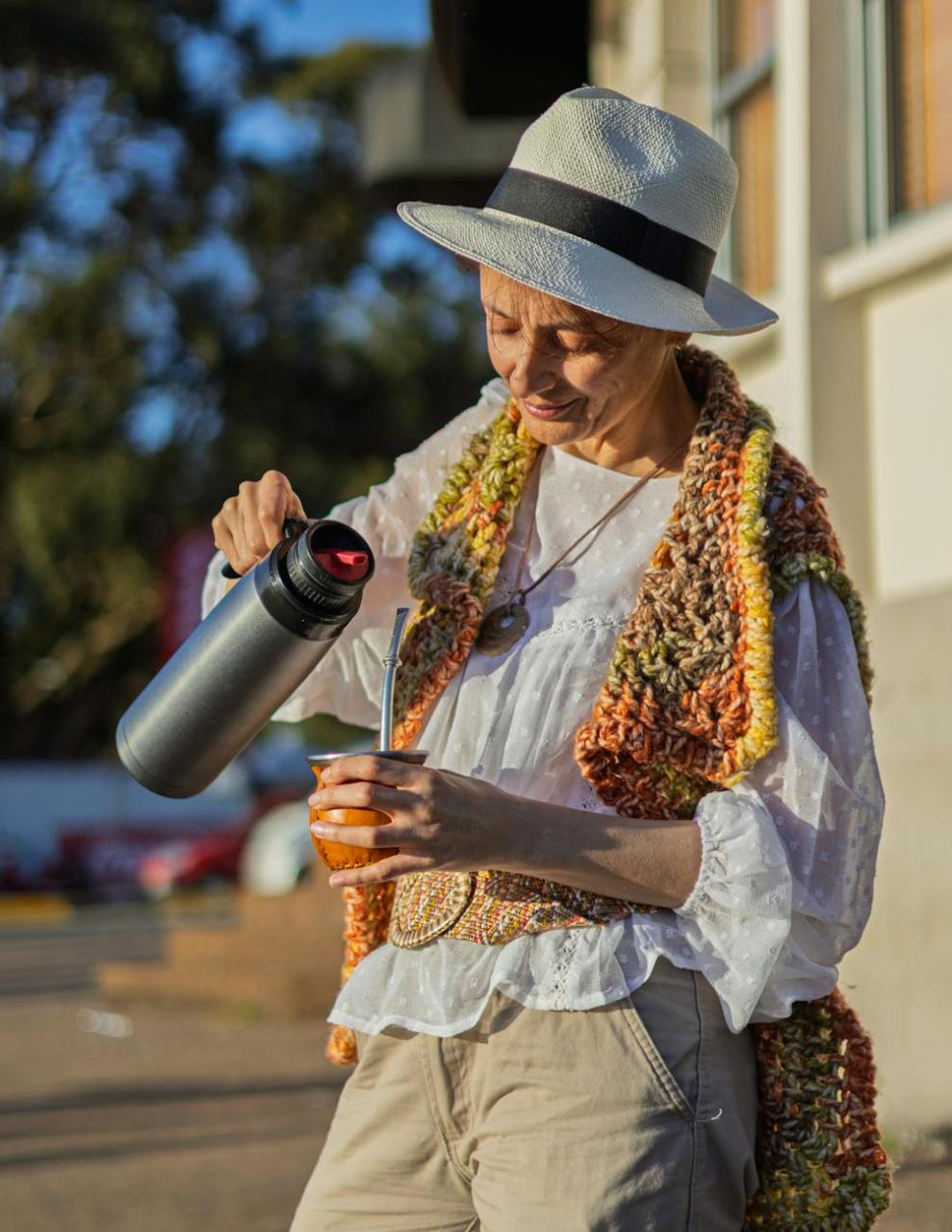
Here at KIQIZ, we live and breathe fashion, but we know it’s more than just fabric and silhouettes. It’s a form of self-expression. Understanding the psychology behind the colors in your wardrobe can completely transform the way you dress, helping you not only look your best but also feel your most confident, powerful, and authentic self. Let’s dive into the fascinating world of color psychology and decode the secret messages hidden in your closet.
So, what exactly is color psychology in fashion?
At its core, color psychology is the study of how different hues affect human mood and behavior. In fashion design, this concept is a secret weapon. Designers use color to evoke specific emotions, tell a story on the runway, and build a brand’s identity. For us, as the wearers, it’s a tool for personal branding.
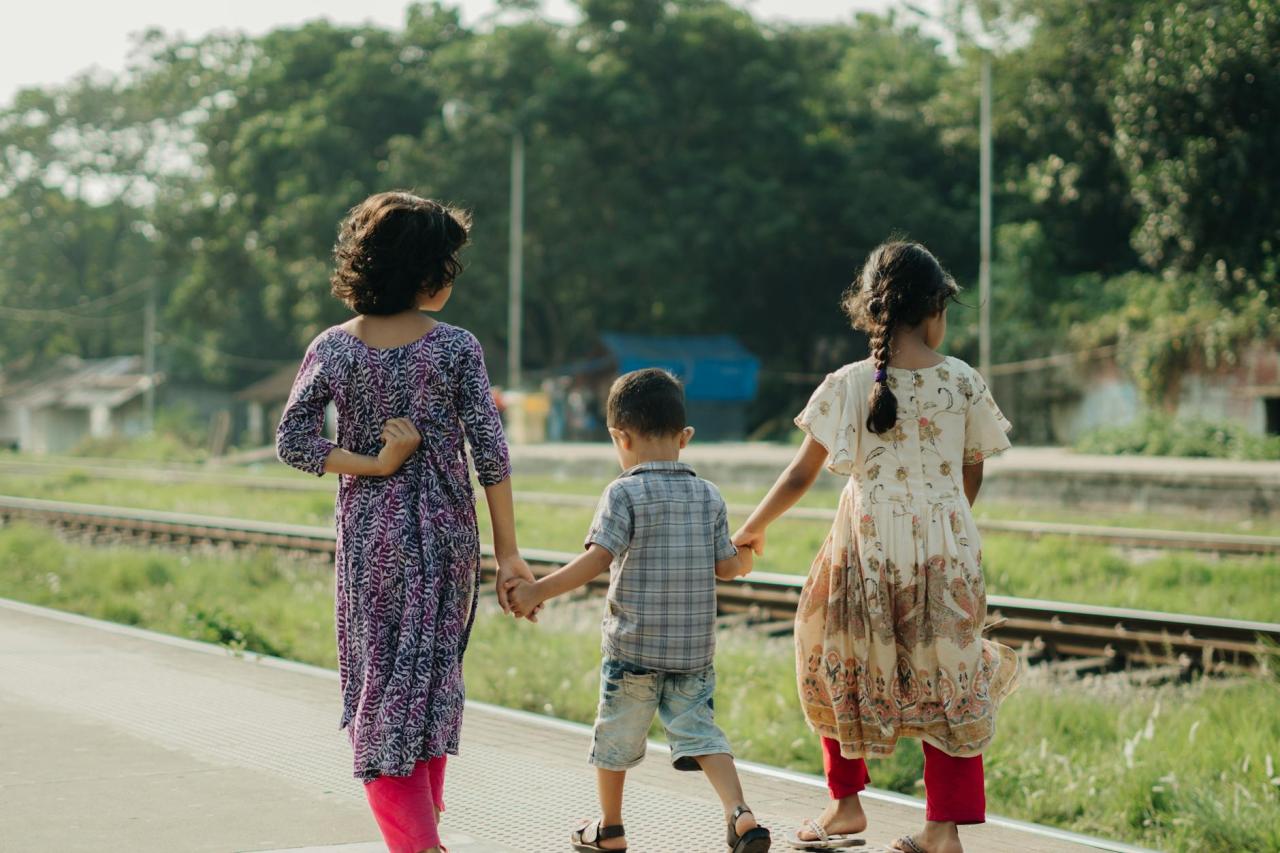
Think about it: a fiery red can make you appear bold and confident, while a calming blue can project an image of trustworthiness and serenity. These associations aren’t random; they are often rooted in cultural contexts, personal experiences, and universal human responses. By harnessing this power, you can intentionally curate your outfits to influence how others perceive you and, more importantly, how you feel about yourself. It’s about dressing with intention, turning your daily ritual of getting dressed into a strategic act of self-empowerment.
A deep dive into your wardrobe’s color palette
Every color in your wardrobe has a unique personality and a distinct message. Let’s break down the most common colors in fashion and what they’re secretly saying.
Red: The color of passion and power
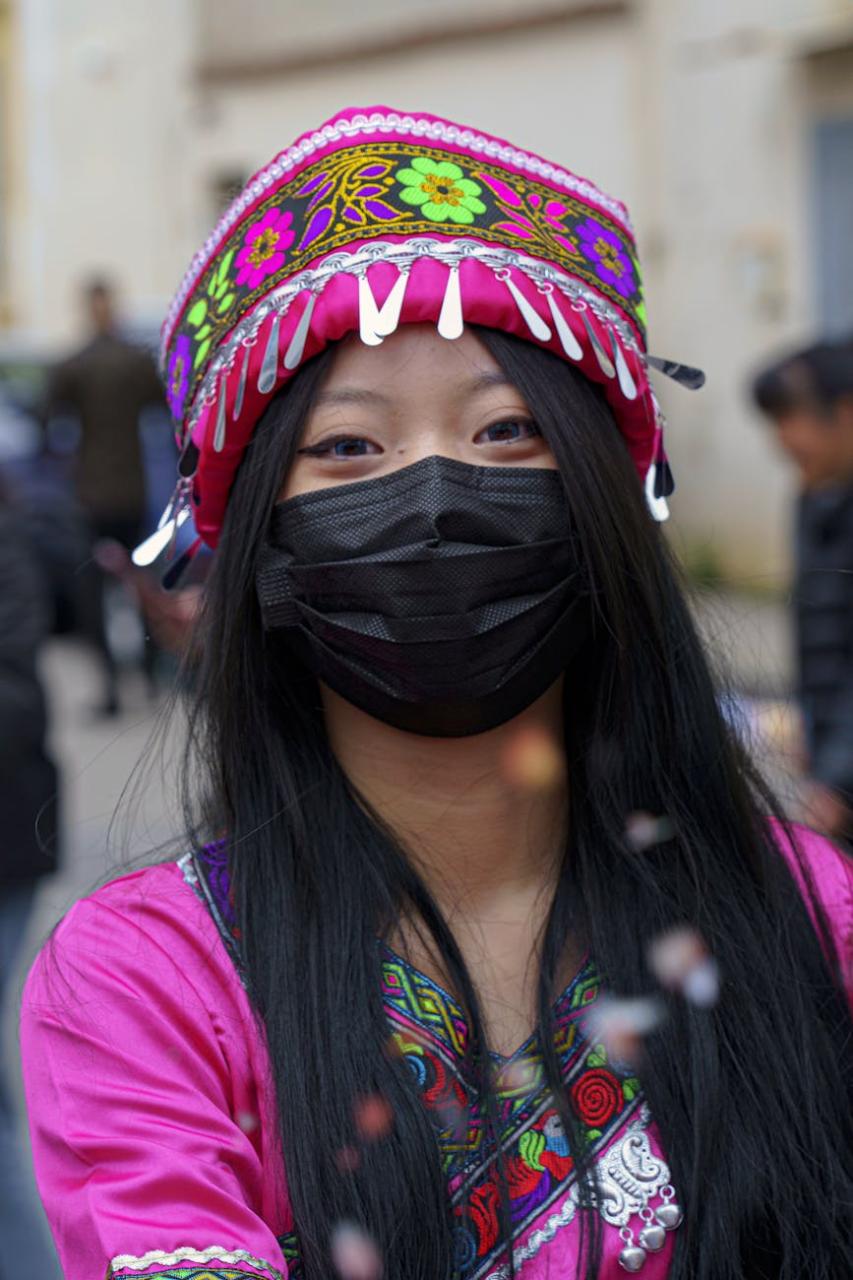
There’s no color more attention-grabbing than red. It’s the color of love, passion, energy, and determination. Wearing red signals confidence and a desire to be seen. Think of the quintessential “power tie” in business or the show-stopping red gown on the red carpet. When you wear red, you’re making a statement. It’s been scientifically shown to increase heart rate and grab attention, making it the perfect choice when you want to command a room or feel a surge of confidence. However, use it wisely—too much can sometimes be perceived as aggressive or overwhelming.
Blue: The hue of calm and trust
Blue is the world’s favorite color, and for good reason. It’s associated with stability, harmony, and trust. From the calm of a clear sky to the depth of the ocean, blue has a soothing effect on the mind. In fashion, this translates into reliability and professionalism. It’s why blue is a staple in corporate wear—it projects an image of being dependable and in control. A navy suit is the epitome of professional chic. But blue isn’t just for the boardroom. A soft baby blue can feel serene and peaceful, while a pair of classic blue jeans represents comfort, ease, and timeless style.
Yellow: Radiating happiness and optimism
Yellow is the color of sunshine, joy, and laughter. It’s an energetic and uplifting hue that can instantly boost your mood and the mood of those around you. Wearing yellow suggests you are optimistic, creative, and friendly. It’s a fantastic color for social events or on a dreary day when you need a little pick-me-up. Celebrities like Zendaya often use bold yellow on the red carpet to create an unforgettable, joyful moment. While it’s a wonderfully positive color, it can be tricky to style. Finding the right shade for your skin tone is key, from soft buttercup to vibrant lemon.
Green: Symbolizing growth and harmony
Green connects us directly to nature, symbolizing growth, renewal, and balance. It’s a color that feels grounding and restorative. In fashion, green can convey a sense of freshness and well-being. Darker shades like emerald or forest green are associated with luxury and wealth, while lighter shades like mint or sage feel calm and gentle. With the rise of sustainable fashion, green has also become a symbolic color for eco-consciousness, making it a trendy and meaningful choice for the modern wardrobe.
Purple: The shade of royalty and mystery
Historically, purple was a color reserved for royalty and the elite because the dye was incredibly rare and expensive. Today, it still carries connotations of luxury, power, and ambition. But it’s also a color of creativity, wisdom, and spirituality. Deeper shades like plum or eggplant feel sophisticated and mysterious, while lighter shades like lavender are romantic and calming. Wearing purple can suggest that you are a creative, imaginative, and intuitive individual.
Pink: From soft romance to bold rebellion
Pink has a fascinating dual personality. Lighter shades are universally associated with romance, femininity, and gentleness. A soft blush pink can feel tender and approachable. But turn up the saturation, and you get hot pink or magenta—colors of rebellion, confidence, and fun. The “Barbiecore” trend proved that bold pink is anything but shy; it’s a statement of unapologetic and playful power. Pink allows you to choose your own adventure, from sweet and delicate to loud and proud.
Black: The ultimate in chic and sophistication
Is there any color more essential to fashion than black? It’s the color of elegance, power, and mystery. A little black dress is a timeless staple for a reason: it’s effortlessly chic and universally flattering. Black is often worn to convey authority and seriousness, but it can also be incredibly alluring and sophisticated. While some may associate it with mourning or negativity, in the fashion world, black is the ultimate canvas—a symbol of timeless style and understated confidence.
White: Purity, simplicity, and new beginnings
White represents purity, innocence, and new beginnings. It has a clean, fresh, and modern feel. A crisp white shirt is a cornerstone of a polished wardrobe, signifying simplicity and sophistication. In the summer, white clothing feels light and airy, reflecting heat and keeping you cool. It creates a minimalist aesthetic that is both peaceful and impactful. It’s a blank slate, suggesting openness and endless possibility.
How to build your personal brand with color
Now that you know the meaning behind the colors, how can you use this knowledge to your advantage? It’s all about dressing with intention.
Dressing for success: Power colors in the workplace
In a professional setting, you want to convey competence and trustworthiness. Blue is your best friend here, especially navy. It signals that you are reliable and calm under pressure. Black is another power player, communicating authority and sophistication. Gray is an excellent neutral that suggests balance and logic. Want to add a touch of confidence without being overwhelming? A pop of red—like a scarf, a bag, or a bold lip—can signal passion and leadership.
First impressions: Choosing colors for a date or social event
For a first date, your color choice can set the tone. Red is a bold, passionate choice that signals confidence and romantic interest. Pink is a softer, more romantic option that can feel approachable and charming. Green suggests you are down-to-earth and balanced, while a fun color like yellow or orange can show off your playful and optimistic side. Think about the vibe you want to create and choose a color that aligns with it.
Expressing your mood: Your wardrobe as a canvas
Your clothes can be a reflection of your inner world or a tool to change it. Feeling a bit down? Try wearing a bright, uplifting color like yellow or orange to give yourself a mental boost. Need to focus and feel calm? Go for shades of blue or green. On days when you feel bold and want to take on the world, a powerful red or a chic all-black ensemble can be your armor. Listen to your intuition and choose the color that feels right for you on any given day.
Color, trends, and the stories they tell
Color psychology isn’t just a personal tool; it’s a driving force in the entire fashion industry. Every year, trend forecasting agencies like Pantone announce a “Color of the Year,” which influences everything from runway collections to interior design. This choice is a reflection of the global mood and cultural zeitgeist. Designers then use these on-trend colors, along with timeless classics, to tell a story with their collections, evoking feelings of nostalgia, futurism, joy, or rebellion.
By paying attention to these trends, you can keep your wardrobe feeling fresh and current. But remember, the most important thing is how a color makes *you* feel. A trend is only worth following if it resonates with your personal style and brings you joy.
Conclusion: Wear your emotions on your sleeve
Fashion is so much more than what we wear; it’s who we are. Color is one of the most powerful tools at our disposal for communicating our identity, influencing our emotions, and shaping our world. By understanding the psychology behind the hues in your wardrobe, you can move beyond simply dressing for the day and start dressing for the life you want to lead.
So next time you open your closet, take a moment to think. What do you want to say to the world today? What energy do you want to embody? The answer might just be hanging right in front of you, waiting to be worn.
